-
CATEGORY ::
- All Seeds /
- All Flower Seeds /
- All Lychnis Seeds


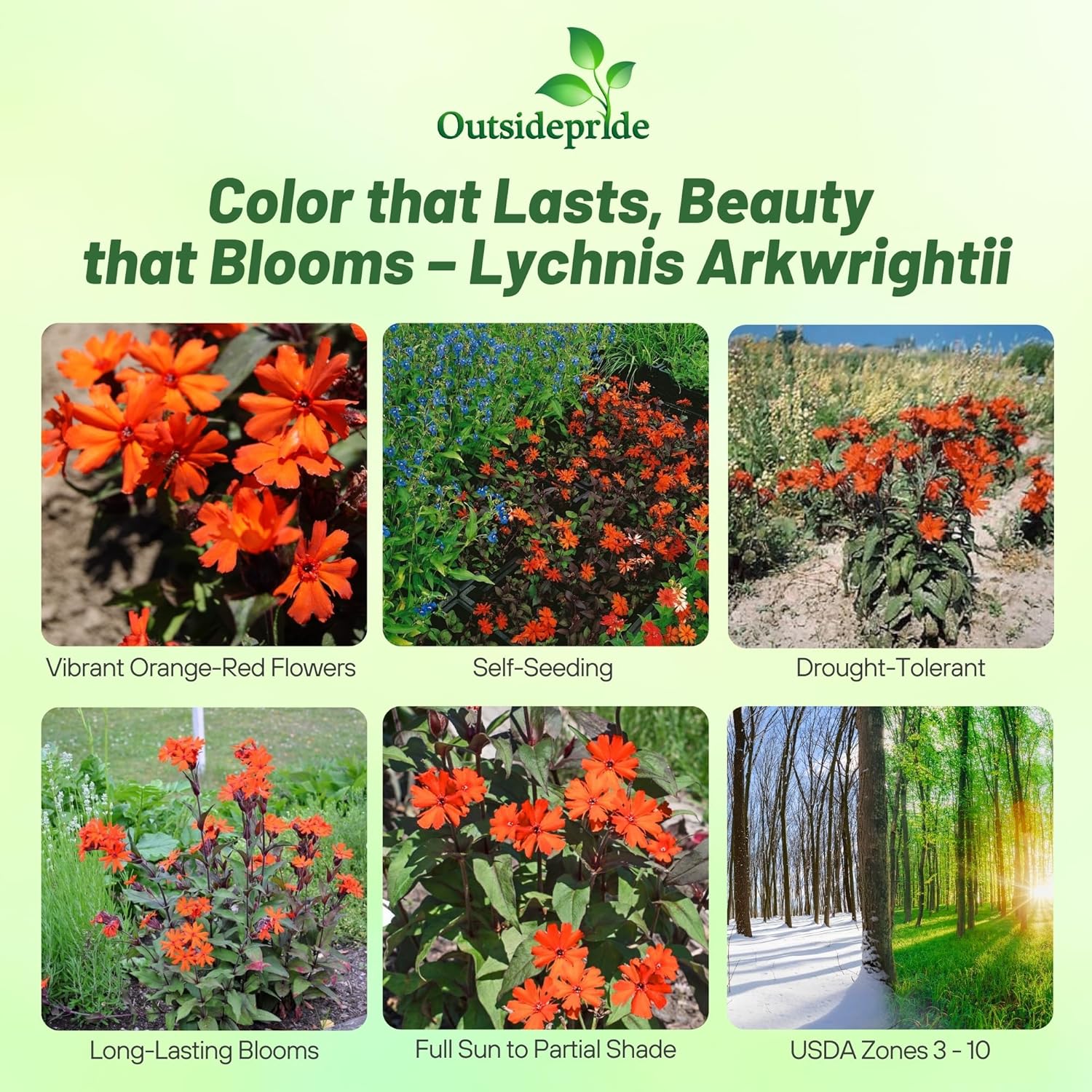

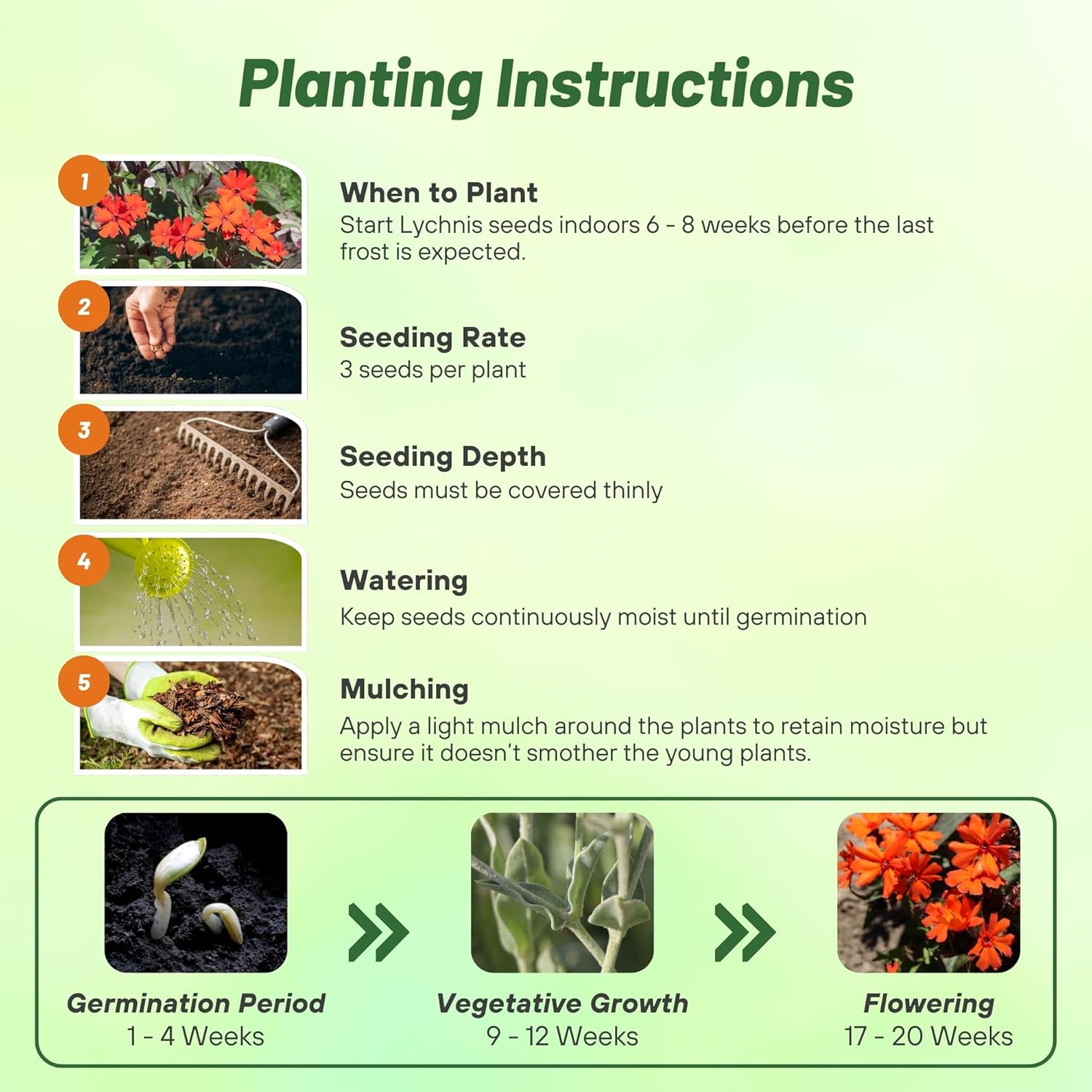
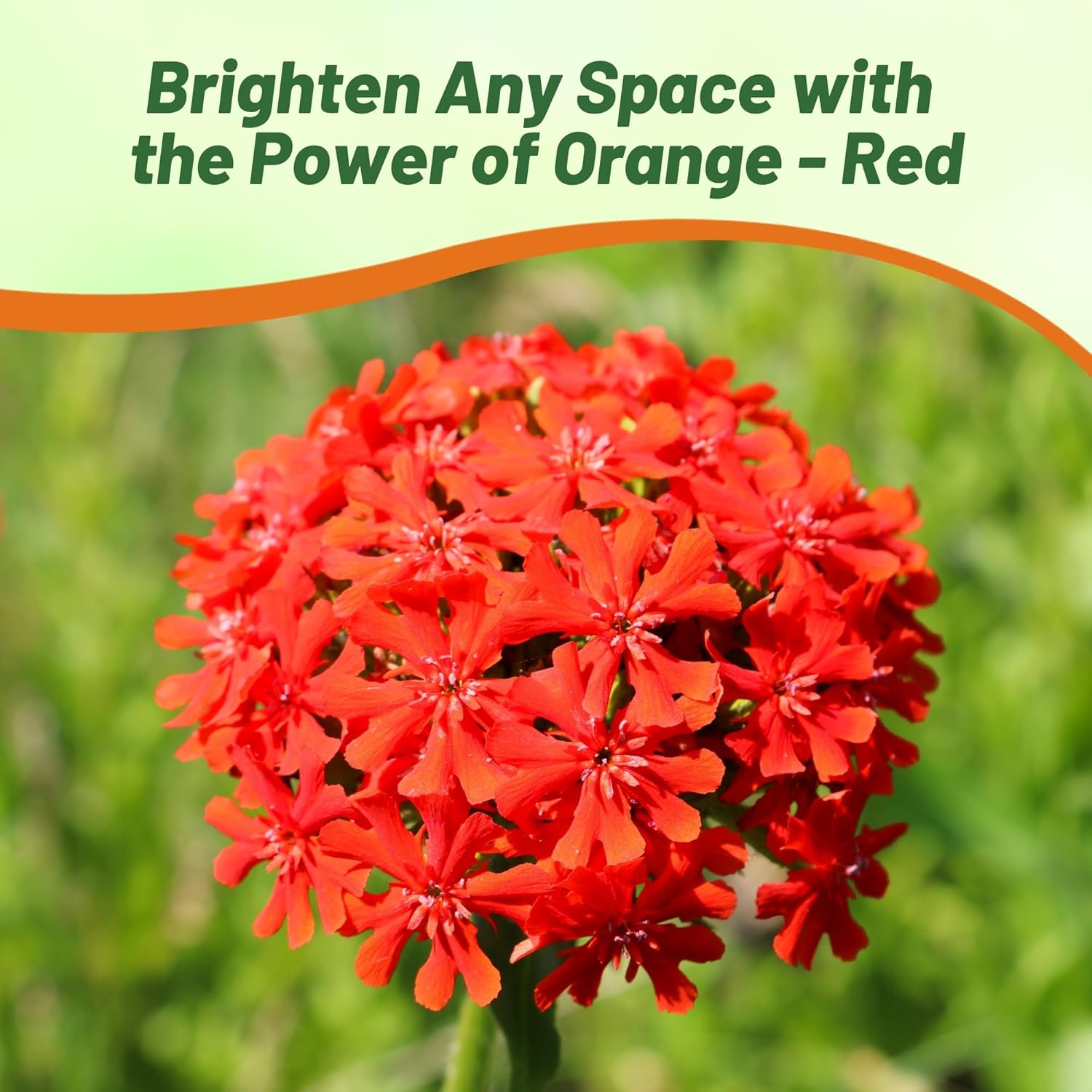
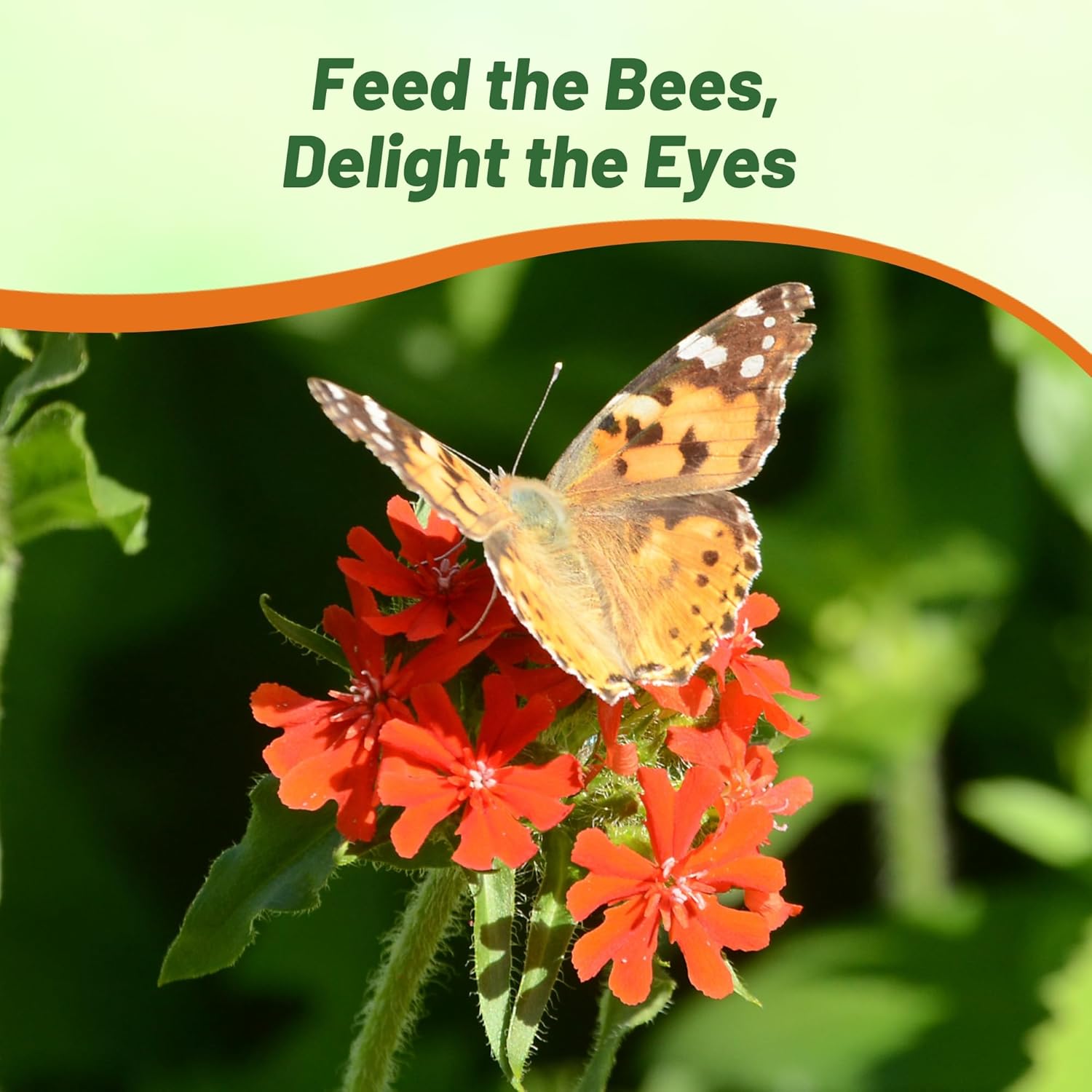

Lychnis Seeds - Arkwrightii
About...
Lychnis (Lychnis Arkwrightii Vesuvius) - Grow this attractive plant from Lychnis seeds and have both gorgeous orange-red blooms and purple colored foliage. The combination is striking! This flowering Lychnis plant commands attention when it's in bloom during the summer months, and hummingbirds cannot stay away from the brightly colored flowers!
MORE LYCHNIS OPTIONS
Planting Directions
TEMPERATURE
68 - 70F
AVERAGE GERM TIME
14 - 21 days
LIGHT REQUIRED
Yes
DEPTH
Seeds must be covered thinly
SOWING RATE
3 seeds per plant
MOISTURE
Keep seeds continuously moist until germination
PLANT SPACING
8 - 10 inches

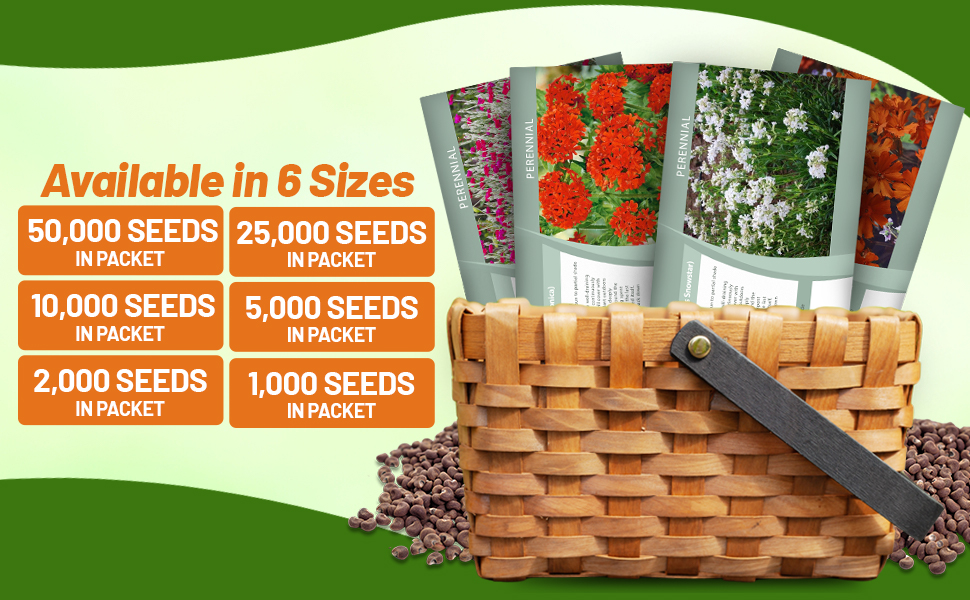
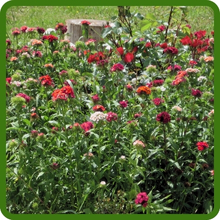
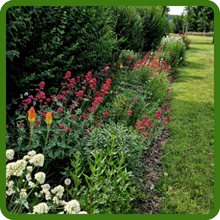
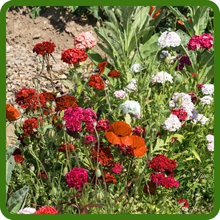
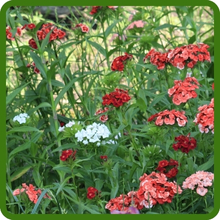
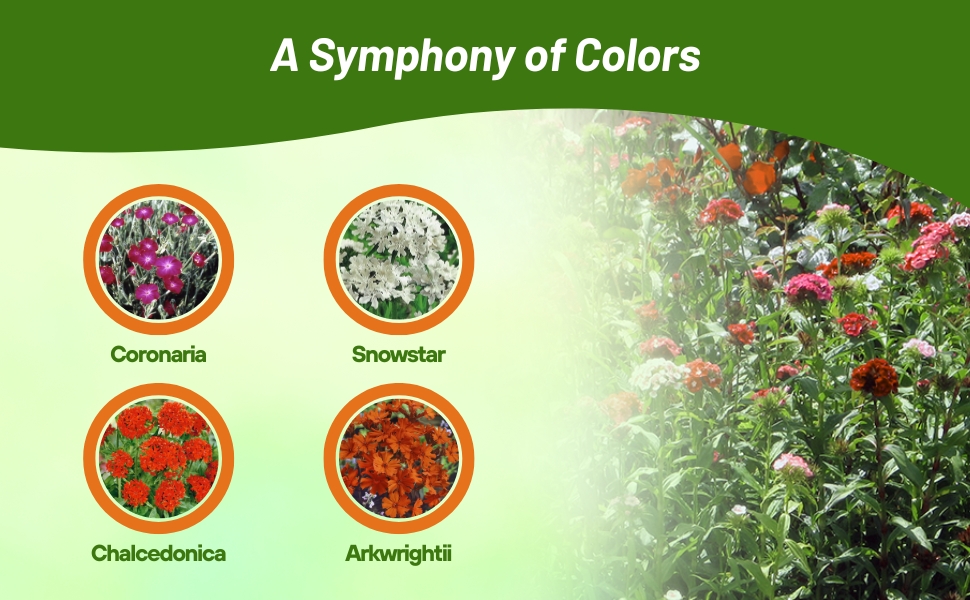
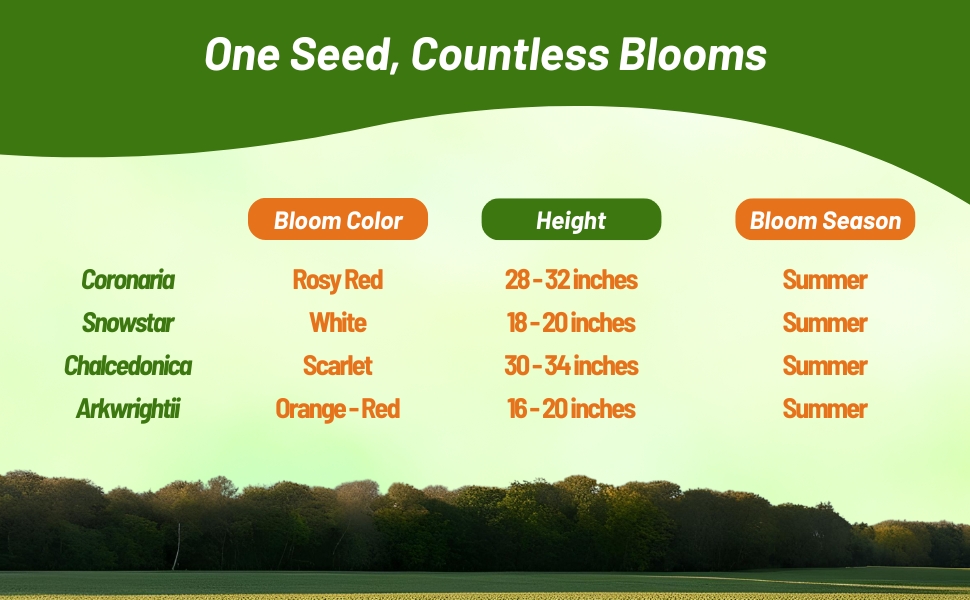
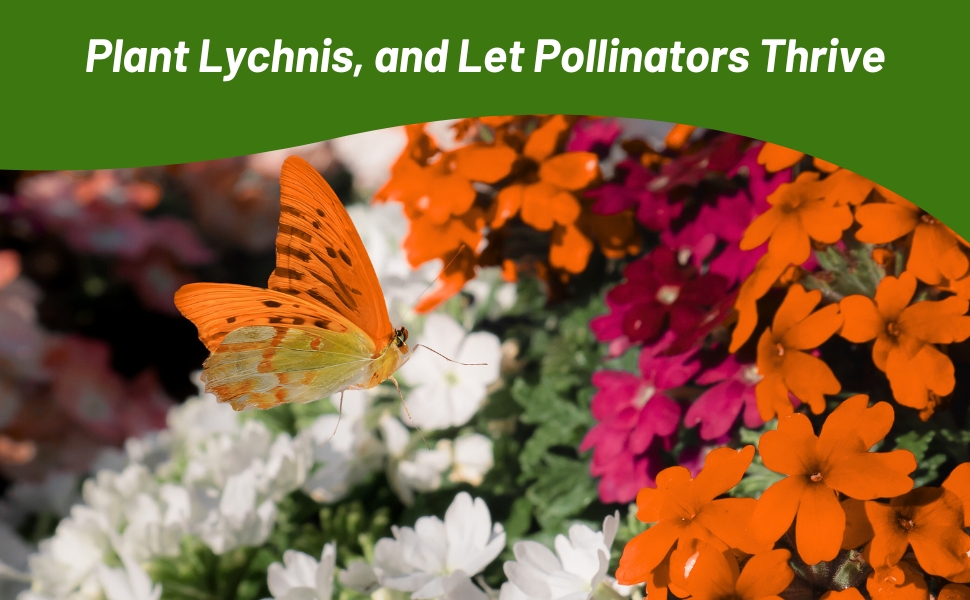
Lychnis (Lychnis Arkwrightii Vesuvius) - Grow this attractive plant from Lychnis seeds and have both gorgeous orange-red blooms and purple colored foliage. The combination is striking! This flowering Lychnis plant commands attention when it's in bloom during the summer months, and hummingbirds cannot stay away from the brightly colored flowers! Commonly, this perennial is called Arkwright's Campion.
This Arkwright's Campion plant grows 16 - 20 inches tall, with erect stems and is hardy in zones 3 - 10 in normal environmental conditions. Arkwright's Campion flowers are a brilliant orange-scarlet color like molten lava flowing from the volcano, Mt. Vesuvius (hence the name), and they are simple in form with 5 deeply notched petals measuring 1 1/4 - 2 inches across.
Sow Lychnis seeds indoors 6 - 8 weeks before the last frost is expected. Use well-draining starter soil. Sow the Lychnis seeds on the surface, lightly covered. Keep seed continuously moist until germination. Some gardeners will cover with plastic wrap to keep humidity high. Transplant outdoors after danger of frost. Lychnis care includes watering deeply throughout the growing season, mulching around the base to keep the roots cool, and deadheading spent blooms to prolong the blooming season. Let the last blooms go to seed so that Lychnis can re-seed itself. If re-seeding is not desired, cut the stems back down to basal growth after blooming.
Common Questions
What are some good ways to use lychnis in my garden?
These are an excellent choice for dry gardens, meadows, perennial borders, wild gardens or meadows. These are also great for your cutting gardens.
Will these flowers attract pollinators?
Yes, both butterflies and hummingbirds will be attracted to lychnis flowers.
Planting Directions
TEMPERATURE
68 - 70F
AVERAGE GERM TIME
14 - 21 days
LIGHT REQUIRED
Yes
DEPTH
Seeds must be covered thinly
SOWING RATE
3 seeds per plant
MOISTURE
Keep seeds continuously moist until germination
PLANT SPACING
12 - 18 inches
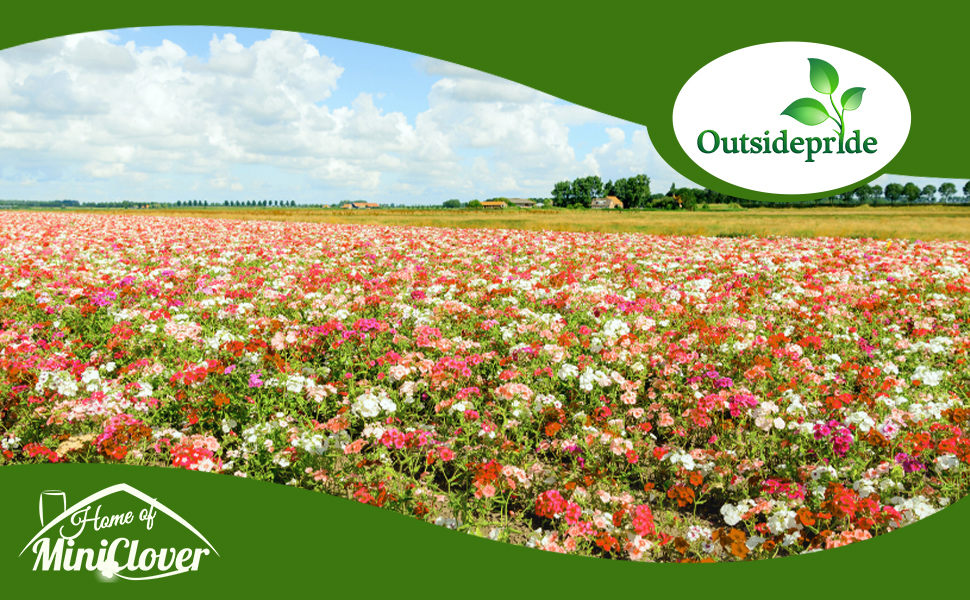
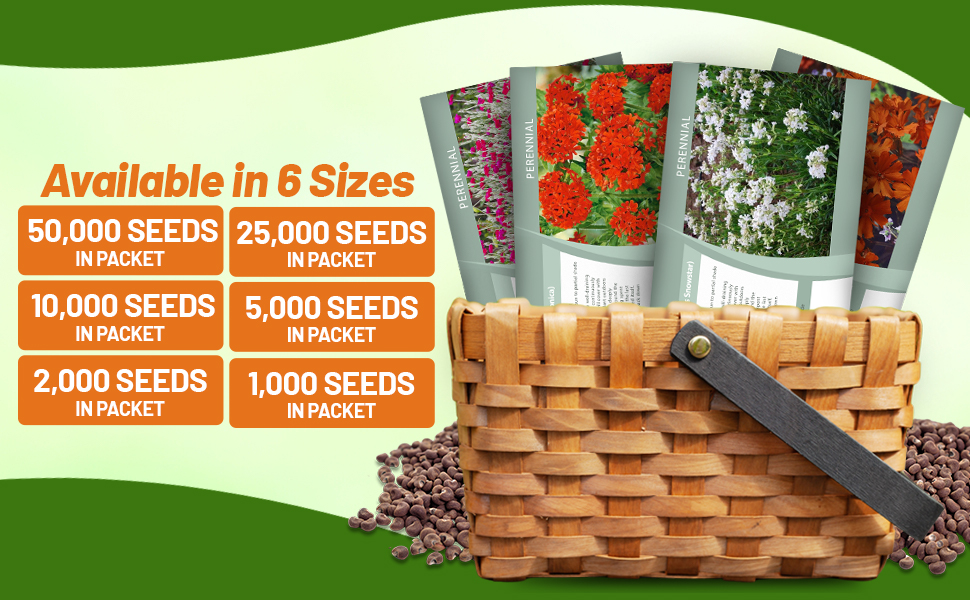
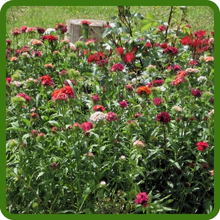
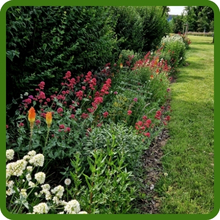
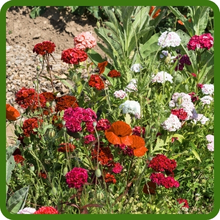
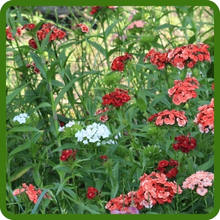
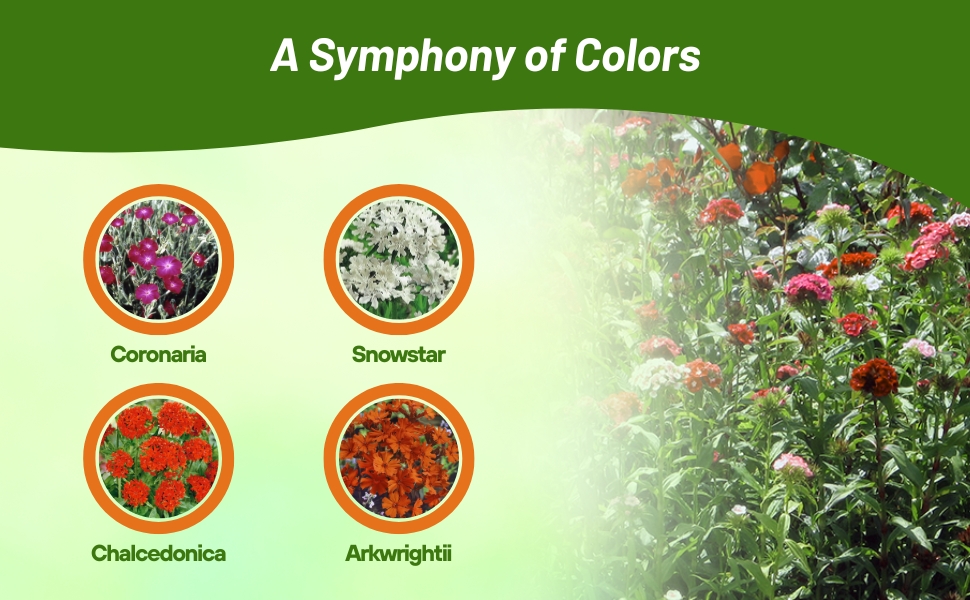
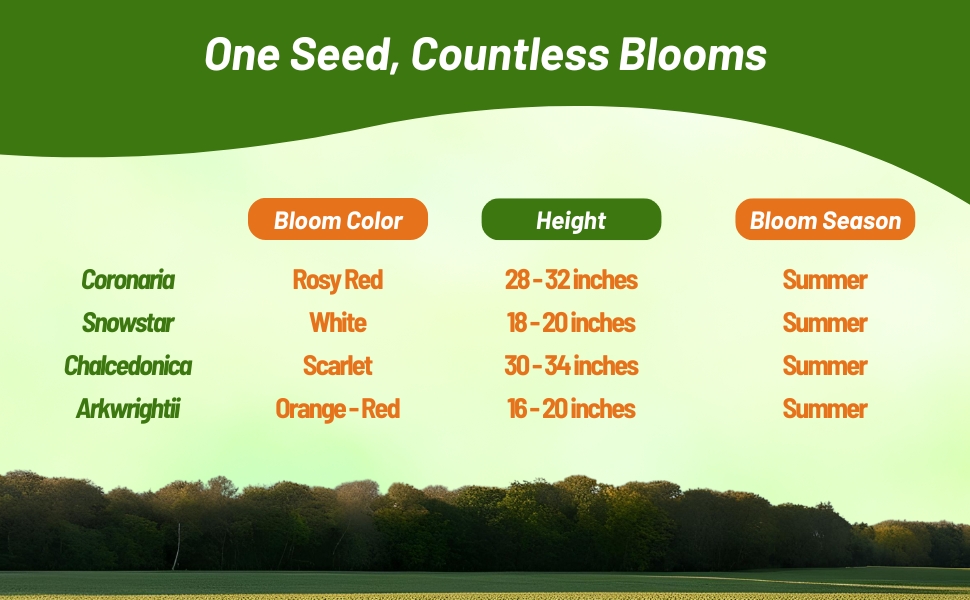

Lychnis (Lychnis Chalcedonica) - This Lychnis, also known as Maltese Cross or Jerusalem Cross, is easily established by sowing Lychnis seeds. Maltese Cross Lychnis Chalcedonica is an heirloom flower that has been grown in American gardens since Colonial times. Its scarlet colored bloom clusters begin in June and continue through August. Hummingbirds cannot leave the blooms alone!
Maltese Cross Lychnis has long been popular in cottage gardens. It is a hardy and easy perennial for any sunny border. Plants form an upright clump of bright green leaves, with taller stems that bear the clusters of scarlet-orange flowers. Jerusalem Cross Lychnis is excellent for cutting, and they are reliable and long-lived.
Sow Lychnis seeds indoors 6 - 8 weeks before the last frost is expected. Use well-draining starter soil. Sow the Lychnis seeds on the surface, lightly covered. Keep seed continuously moist until germination. Some gardeners will cover with plastic wrap to keep humidity high. Transplant outdoors after danger of frost and when seedlings are 2 inches tall. Deadhead spent blooms to prolong blooming season. Red Maltese Cross flowers may bloom the first year from flower seed if started early indoors. Lychnis care includes watering deeply throughout the growing season, mulching around the base to keep the roots cool, and deadheading spent blooms to prolong the blooming season.
































